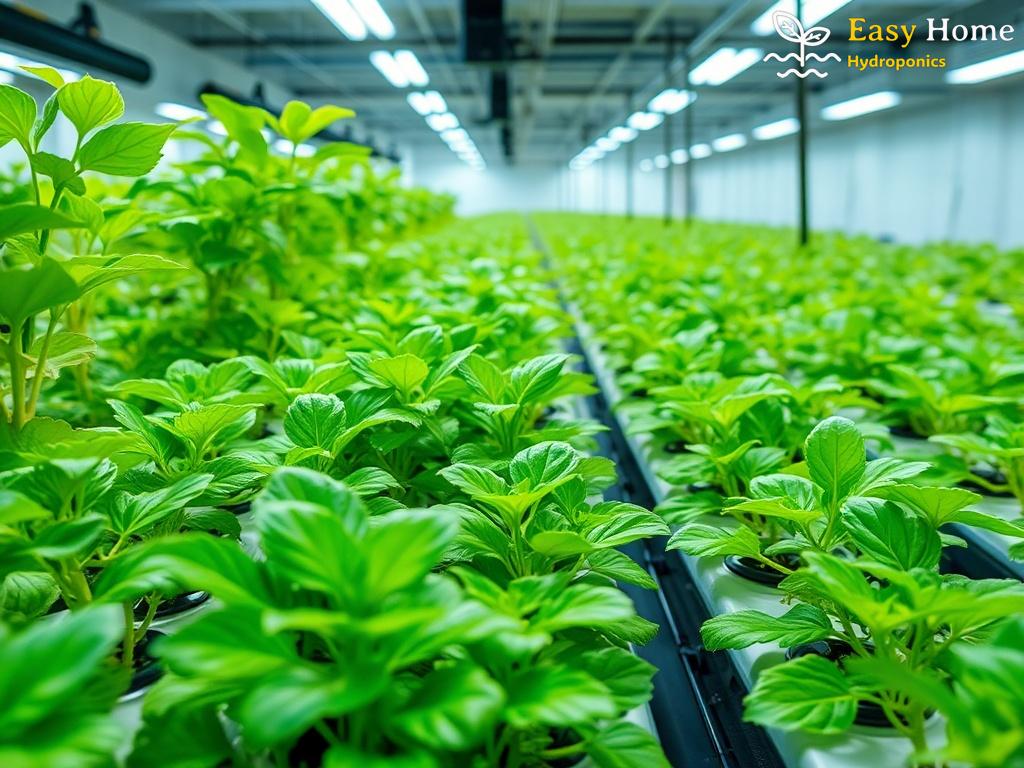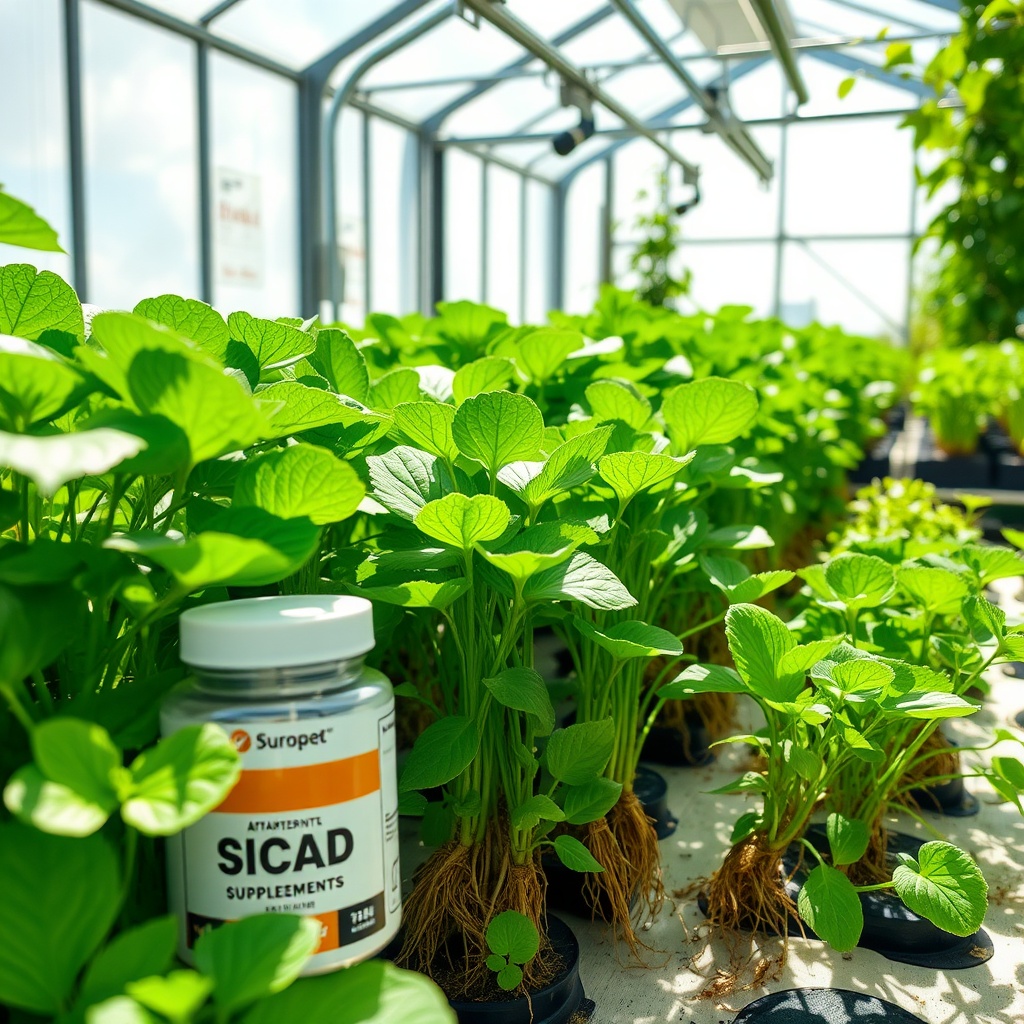As hydroponic gardening continues to gain popularity, the search for effective pest control methods becomes increasingly crucial. Among the myriad of solutions available, neem oil stands out as a natural and environmentally friendly alternative. Derived from the seeds of the neem tree, this oil possesses unique properties that make it exceptionally effective in managing pest infestations without harming beneficial insects or the ecosystem.
Understanding Neem Oil: A Natural Insecticide
Neem oil works primarily through its active ingredient, azadirachtin, which disrupts the life cycle of pests. This compound affects the hormonal systems of insects, preventing them from maturing and reproducing. Moreover, neem oil possesses anti-fungal properties, making it a dual-action solution for both pests and diseases. Its effectiveness is not just anecdotal; scientific studies have confirmed its utility in various agricultural contexts, including hydroponics.
Benefits of Using Neem Oil in Hydroponic Systems
Utilizing neem oil in hydroponic pest control offers several distinct advantages:
- Eco-Friendly: Neem oil is biodegradable and poses minimal risk to the environment.
- Non-Toxic to Humans and Pets: Unlike many chemical pesticides, neem oil is safe for use around humans and animals.
- Broad Spectrum: It is effective against a variety of pests, including aphids, spider mites, and whiteflies.
- Dual Action: Its anti-fungal properties help combat diseases that can affect hydroponic plants.
Application Techniques for Optimal Results
To maximize the effectiveness of neem oil in your hydroponic system, it is essential to follow proper application techniques:
- Dilution: Always dilute neem oil with water according to the manufacturer’s instructions to avoid plant damage.
- Timing: Apply neem oil in the early morning or late evening to prevent evaporation and ensure pests are actively feeding.
- Coverage: Ensure thorough coverage of both the tops and undersides of leaves where pests commonly reside.




